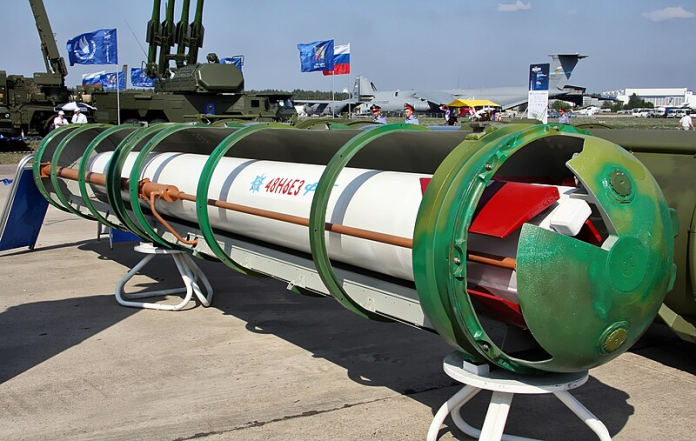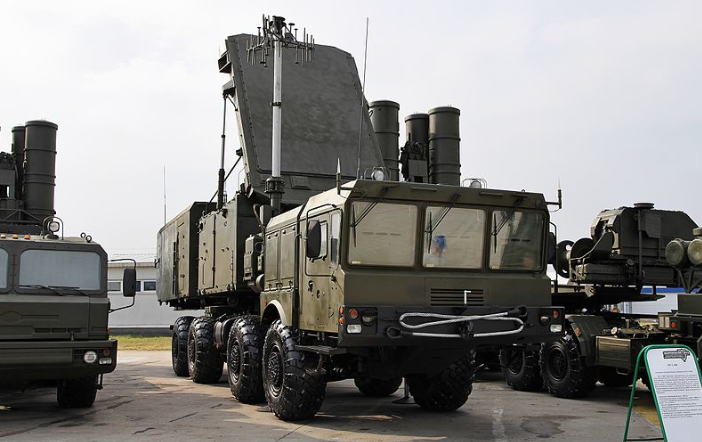
“There is no such place in Pakistan where terrorists can sit and breathe in peace.” Prime Minister Narendra Modi’s words after Operation Sindoor were not mere rhetoric—they reflected a shift in India’s defense posture that is now shaping procurement decisions. In the wake of the four-day conflict with Pakistan earlier this year, India is moving decisively to strengthen its layered air defense network, with Russia’s S-400 Triumf systems at the core.
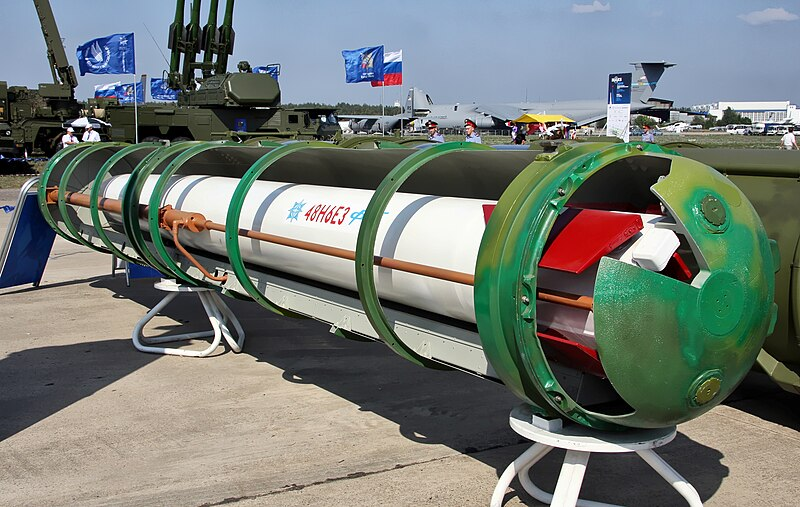
The reported plan for an additional purchase of S-400 systems, worth approximately 100 billion rupees, is more than a routine purchase. It’s a strategic reinforcement informed by combat experience, technological lessons, and evolving regional threats. For defense analysts, this deal is a window into how New Delhi is integrating battlefield realities with long-term modernization while navigating sanctions risks and geopolitical constraints. This listicle breaks down seven key aspects of the acquisition and the wider implications, from the S-400’s proven performance in combat to India’s parallel push for hypersonic capabilities, bringing a clear view of how this procurement fits into India’s evolving defense strategy.
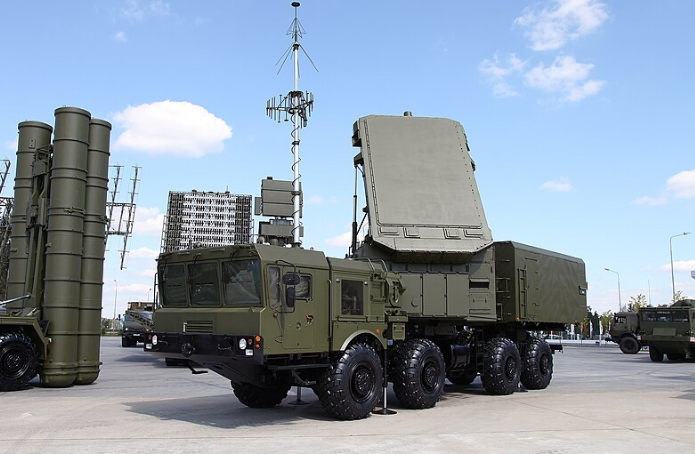
1. Combat-Proven Performance in Operation Sindoor
Nevertheless, the reputation of the S-400 within the IAF has been sealed with the successful shoot-down of five to six Pakistani fighter aircraft and a C-130 transport plane during Operation Sindoor. The capability of the system to engage targets well over 300 km deep inside hostile territory emerged as the decisive factor that broke the aerial operations of Pakistan. Equipped with advanced anti-jamming radar with the capability to track up to 80 targets at one time, the S-400 showed its mettle during saturation attacks. This operational success is one of the prime drivers for the current procurement drive, as senior IAF officials have termed its performance as a “game-changer” in layered air defense.

2. Strategic Expansion of India’s Layered Air Defense
The S-400 is already linked with the indigenous Akash, Israeli Spyder, and medium-range surface-to-air missile systems as part of India’s integrated air defense network through the IAF’s IACCS. Additional S-400 units will further reinforce coverage against aircraft, drones, and ballistic missiles. This expansion is not merely quantitative; it reflects the lessons from recent conflicts where networking and sensor fusion proved critical. By increasing the density and redundancy of high-end interceptors, India hopes to reduce vulnerabilities exposed during Pakistan’s drone saturation attempts.

3. Accelerated Deliveries Amid Geopolitical Constraints
While the original 2018 deal was for five S-400 squadrons, delays due to the Russia-Ukraine war had pushed final deliveries to 2026. Air Chief Marshal Amar Preet Singh has just confirmed that the last two squadrons will come in by 2025, reflecting Russia’s prioritization of Indian orders despite the wartime demands of its own forces. Such acceleration underlines the strategic weight Moscow assigns to the defense ties with New Delhi. It also reflects India’s delicate balancing act of deepening the Russian cooperation while managing the risk of U.S. sanctions under CAATSA.

4. Beyond Visual Range and Hypersonic Ambitions
Along with the S-400 deal, India has been negotiating with Russia for new air-to-air missiles to expand beyond-visual-range engagement capabilities. This is on top of work on the Brah Mos-II hypersonic cruise missile, which could reach speeds of Mach 8–9, equal to the specifications of Russia’s Tsirkon. The BrahMos-II, developed jointly but restricted from export under MTCR rules, is intended to bolster deterrence against both Pakistan and China. “The whole world is working on hypersonics… Russia says it tested the Tsirkon,” said BrahMos Aerospace CEO, placing India among a select group in pursuit of operational hypersonic weapons.

5. Lessons from Drone Warfare
Hundreds of drones used during the conflict by Pakistan, many with purposes that included saturating and mapping Indian defenses, reinforced that argument for layered interception. Unexpectedly, upgraded variants of the legacy systems like the L-70 and Zu-23 guns with optical sights and airburst ammunition worked rather well against small UAVs. Integrating S-400 radar coverage with counter-drone assets offers a multi-tiered shield. Such a procurement ensures the availability of high-value interceptors for priority targets while lower-cost systems take on massed low-end threats.

6. Potential Path to S-500 Integration
Analysts have estimated that India could eventually acquire the S-500 Prometei from Russia, which is supposed to counter all current and future aerospace threats across extreme altitudes and speeds. While such a move remains speculative, the current expansion of the S-400 lays the operational and logistical foundation for such an integration. Incorporating the S-500 would extend the envelope for engagement, enhance deterrence against emerging threats such as hypersonic glide vehicles, and be in line with India’s stated goal of maintaining a technological edge.
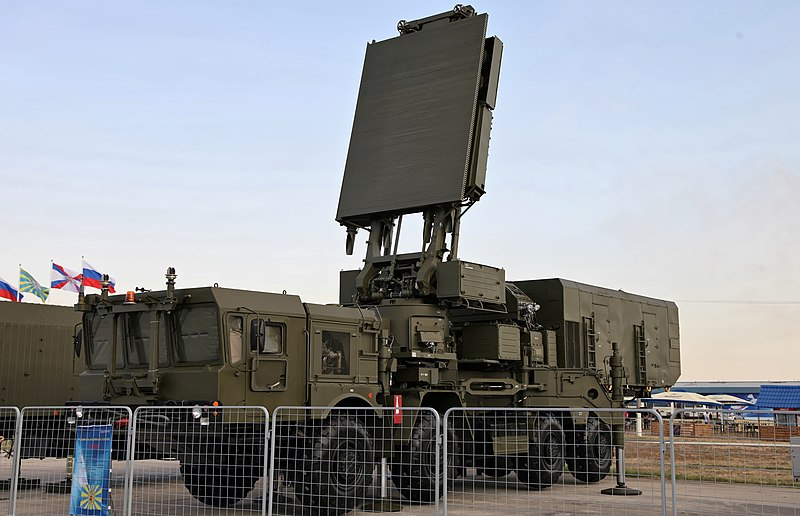
7. A Shift to Cost-Imposition Strategy
Operation Sindoor presented a doctrinal evolution-from threats of punitive action to the direct degradation of adversary capacity. The S-400 fits in with this “cumulative deterrence” model, where strike capability without mobilization of ground forces is enabled, akin to periodic Israeli campaigns against non-state actors. By promising rapid, intense retaliation in any future conflict, India is trying to convince its adversaries to focus scarce resources on defense. The S-400’s range and flexibility make it a central tool in sustaining this approach, though this also raises the risk of rapid escalation in any future confrontation.
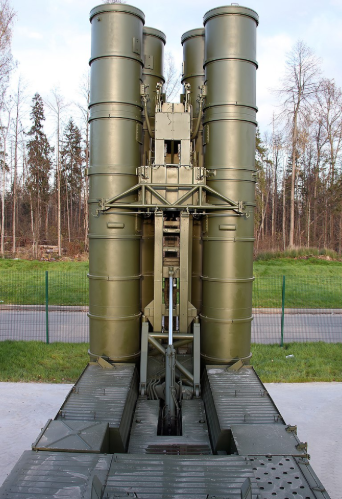
The expansion of India’s S-400 fleet is not a singular purchase but rather a thoroughly calculated strengthening of a concept sparked by recent combat, technological adaptation, and regional threat assessments. To defense planners, this indicates a New Delhi intent to keep a qualitative lead in air defense and also prepare for the next conflict cycle. The challenge will be balancing this capability build-up with escalation control, ensuring that strategic deterrence is strengthened without closing the door to crisis management.
